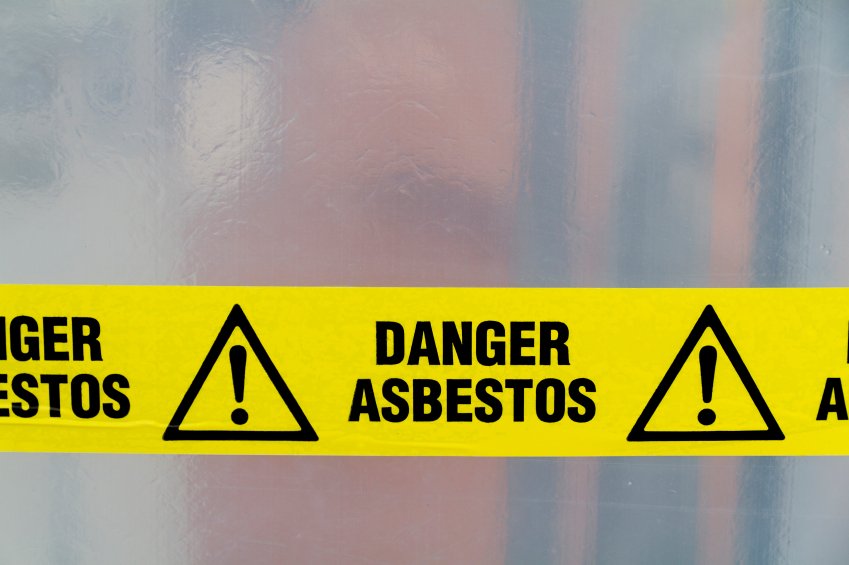Asbestos eradication call “unrealistic” says specialist

Calls for the complete removal of asbestos from all buildings by 2035, whilst commendable, are likely to prove unrealistic says an industry specialist.
Last month, the all-party Parliamentary Group on Occupational Safety and Health issued a report calling for the introduction of urgent action to address the legacy of asbestos that remains in Britain’s buildings.
Among the measures raised by the report was that all commercial, public, and rented domestic premises built or refurbished before 2000 should have a full asbestos survey undertaken by 2022. In addition, it said that where asbestos is identified, all refurbishment, repair or remedial work done in the vicinity of the asbestos containing material should include its full removal.
If no such work is planned then the owner must develop and implement a plan for the complete removal of all asbestos by 2035. For public buildings and educational establishments, such as schools, the report called for the eradication work to be undertaken no later than 2028.
In response to the report, Tim Hearn, a senior consultant with environmental risk specialists Lucion, said that it remains the case that if managed correctly, asbestos containing materials can cause only minimum risk.
He said: “Whilst it is commendable that these concerns are being voiced publicly, and that everyone continues to recognise the risks to health associated with asbestos, full consideration needs to be given to the practicalities and scale of work that would be required to meet these ambitions.
“For example, there are no projections on what the cost of this work would be to the UK economy or how any removal costs would compare to the costs of managing asbestos in situ or continuing to educate duyholders and occupiers of buildings.
“The design of many older buildings, especially within the education and health sectors, means that the only way to completely remove any asbestos present would be to almost completely dismantle parts of them or demolish the entire building.
“As a result, even though asbestos has been banned since 2000 and huge amounts have already been removed from buildings, there are still many situations where the correct decision has been made to leave it in situ and manage its presence.
“Of course nobody should be complacent about the risks associated with asbestos, and it is completely correct that the regulations surrounding asbestos should be reviewed regularly.
“However, it is our experience that more people than ever are now aware of the risks involved and understand the control measures needed to ensure compliance and manage its presence effectively.”
Whilst the number of premature deaths related to asbestos exposure remains significant at 5,000 people each year, the HSE reports that these numbers are expected to fall rapidly by 2030.
This is anticipated as a result of the ban on asbestos in building products introduced in 2000 and the increased emphasis on the duty to manage required by the Control of Asbestos at Work Regulations 2012.
Asbestos eradication call “unrealistic” says specialist
Calls for the complete removal of asbestos from all buildings by 2035, whilst commendable, are likely to prove unrealistic says
Roz Sanderson
SHP - Health and Safety News, Legislation, PPE, CPD and Resources Related Topics
Man handed community order for illegal removal of asbestos
Mavis Nye 1941 – 2023
Asbestos cement products – A low risk material?

